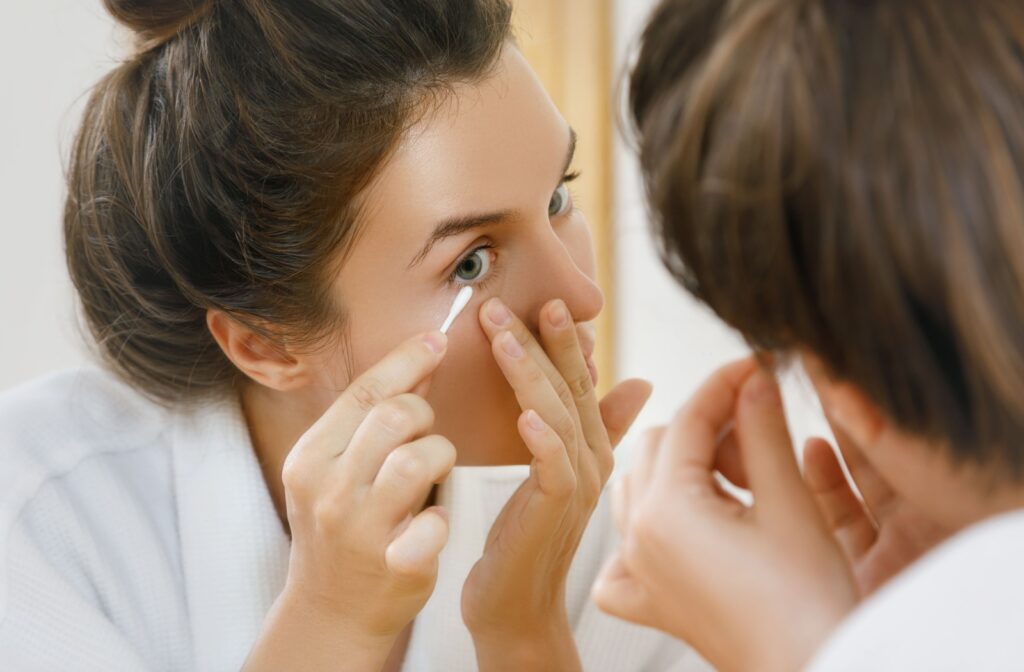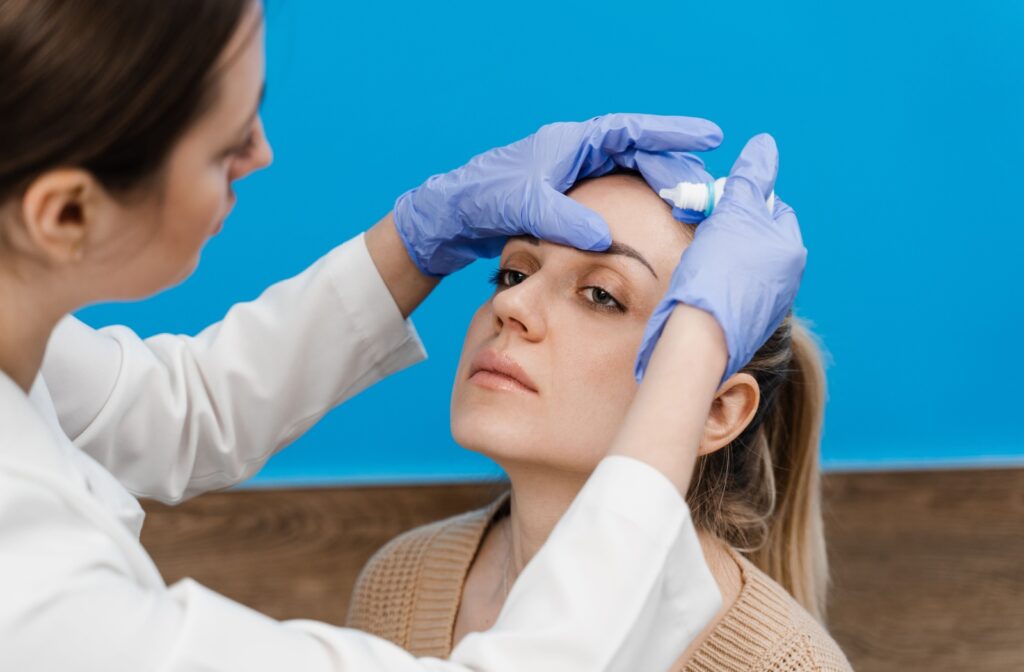Meibomian gland dysfunction (MGD) is a chronic condition that affects the function of the meibomian glands, which are responsible for producing the oily layer of tears. This condition is caused by blockage or dysfunction of these tiny glands and can lead to symptoms such as dry eye, redness, irritation, and blurred vision.
The duration of MGD varies from person to person and depends on various factors such as the severity of the condition, underlying health issues, and adherence to treatment. In most cases, MGD is a long-term condition that requires ongoing management to control symptoms and prevent complications.
While there is no cure for MGD, it can be managed with proper treatment and self-care measures. The duration of MGD can be reduced by following a comprehensive treatment plan.
Treatment Options for MGD
The treatment for meibomian gland dysfunction aims to improve the function of the meibomian glands and reduce symptoms. This may include:
- Warm compresses: Applying warm compresses to the eyes can help soften and loosen any blockage in the meibomian glands, allowing them to secrete oil more effectively.
- Lid hygiene: Regularly cleaning the eyelids with a gentle cleanser can help remove debris and bacteria that can contribute to MGD.
- Medications: In some cases, eye drops, punctal plugs, or ointments containing antibiotics or steroids may be prescribed to manage inflammation or infection associated with MGD.
- Nutritional supplements: Supplements such as omega-3 fatty acids may help improve the quality of meibomian gland secretions and reduce symptoms of MGD.
- Meibomian gland expression: This procedure involves manually expressing the blocked meibomian glands to remove any hardened oil and debris, allowing for better secretion of oil.
- LipiFlow treatment: LipiFlow is a non-invasive thermal pulsation treatment that helps improve the function of the meibomian glands by applying gentle heat and pressure to the eyelids.
- Intense Pulse Light (IPL) therapy: IPL therapy uses pulses of light to improve the function of the meibomian glands and reduce inflammation associated with MGD.
- Low-level light therapy (LLLT): LLLT is a non-invasive treatment for dry eyes, styes, and chalazion. It warms eyelids and penetrates meibomian glands to improve tear quality by melting trapped oil and reducing inflammation.

Importance of Continuous Treatment
While these treatments can provide relief from symptoms, it is important to continue with them as prescribed by your eye doctor. MGD is a chronic condition, and without proper management, symptoms can return or worsen over time. What’s more, untreated MGD can lead to complications such as dry eye disease and corneal damage.
In addition to the prescribed treatments, there are also self-care measures that you can incorporate into your daily routine to manage MGD:
- Avoid rubbing your eyes: Rubbing your eyes can further irritate the already inflamed meibomian glands and worsen symptoms.
- Use a humidifier: Dry environments can exacerbate MGD symptoms, so using a humidifier in your home or workplace may help keep your eyes moist.
- Take breaks from digital screens: Prolonged screen time can cause decreased blinking and evaporation of tears, which can contribute to an imbalance in the meibomian gland secretions.
- Keep your eyelids clean: Regularly cleaning your eyelids and lashes can help remove any debris and bacteria that may contribute to inflammation of the meibomian glands.
Factors Affecting the Duration of Treatment
The duration of treatment for MGD can vary depending on the severity of the condition and how well you respond to treatment. Some factors that may affect the duration of treatment include:
- Age: As we age, our meibomian glands produce less oil, making us more susceptible to developing MGD.
- Underlying health conditions: Chronic conditions such as diabetes, thyroid disorders, and autoimmune diseases can increase the risk of developing MGD and may require longer-term management.
- Medication use: Certain medications, such as antihistamines and birth control pills, can cause dry eye symptoms and contribute to MGD.
- Environment: Environmental factors such as air pollution, smoke, and dry climates can aggravate MGD symptoms and may require ongoing management.
- Compliance with treatment: Adhering to the prescribed treatment plan is crucial for managing MGD. Failure to do so may result in longer treatment duration or recurring symptoms.
It’s important to communicate openly with your eye doctor about any factors that may be affecting your MGD treatment duration. Every individual responds differently to treatment, and it may take some trial and error to find the best approach for managing your MGD.
Sticking to a regular eye care routine and incorporating self-care measures can also help improve the effectiveness of treatment and potentially shorten the duration needed for successful management.
Get Personalized Care for MGD & Find Relief at Pro-Optix
MGD is a common condition that can cause discomfort and affect your vision if left untreated. Fortunately, with proper diagnosis and treatment, symptoms can be managed effectively. If you are experiencing symptoms of MGD, consult an eye doctor for a thorough evaluation and personalized treatment plan.
Pro-Optix Optometry & Dry Eye Center offers comprehensive eye care services, including diagnosis and management of MGD. Our experienced team of optometrists will work with you to develop a personalized treatment plan that meets your unique needs and helps shorten the duration of your MGD symptoms. Don’t let MGD impact your daily life – schedule an appointment with us today!





